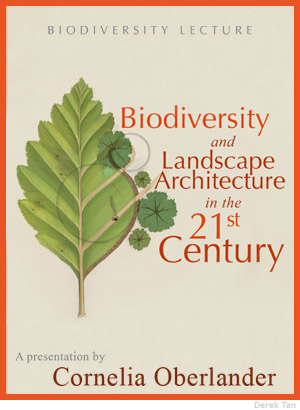Artifact: One Room School House in Wells B.C. Grades K-7.
Reflection: I had opportunity to teach for three weeks in Quesnel School District during the last three weeks of my practicum, and applied in a morning debate an exercise that had been a success in a grade 8 class in Vancouver — a puppet show that uses course curriculum as a base. In the Quesnel application the instructor and I decided to use a community debate on whether snowmobiles should be permitted to use in-town trails — trails normally used by cross-country skiers and snow-shoers. What was unique about this class, however, was that the students included all ages – K-7 – and the puppet show had to be engaging enough to catch the interests of this diverse age group. Task in hand, the instructor and I divided up the roles of the students, assigning a judging role to the grade 6 and 7 students, the remaining to developing pro and con arguments to permit snowmobiles. In the end the show worked exceedingly well and the judges, based on he information provided by the wishes and information provided by the younger students, decided to set mixed use for the trails with speed limits, and issuing permits for entrance. It was further decided by the student judiciary that care and welfare of the wildlife also using the local parks had to be monitored by the community, and if harm was noted that snowmobiles would be more heavily restricted. All of this puppet show was done in 45 minutes, including the drawing and character of each puppet (done on plain brown paper bags), which made the exercise agreeable and suitable for future teaching and high student engagement. I was pleasantly surprised to find that students of kindergarten age were so well adapted to the exercise, and appeared to learn a great deal from engaging with the older students in the class.
_________________________________________________________________
 Artifact: Poster advert for Cornelia Oberlander’s UBC talk on buildings and our environment.
Artifact: Poster advert for Cornelia Oberlander’s UBC talk on buildings and our environment.
Reflection: Cornelia Oberlander is a renowned architect who worked closely with Arthur Erickson. Her focus in this talk was how we, as a society, can construct environmentally sustainable housing and institutional buildings at reasonable cost. Environmental education is a big part of my educational philosophy, and the information I learned from this presentation reaffirmed my commitment to teaching students pragmatic and applied techniques to build sustainable, environmentally friendly homes, schools, community sites, and places of work. Cornelia’s inspiration and enthusiasm in this field is something that will be regular part of my teaching of socials studies.

